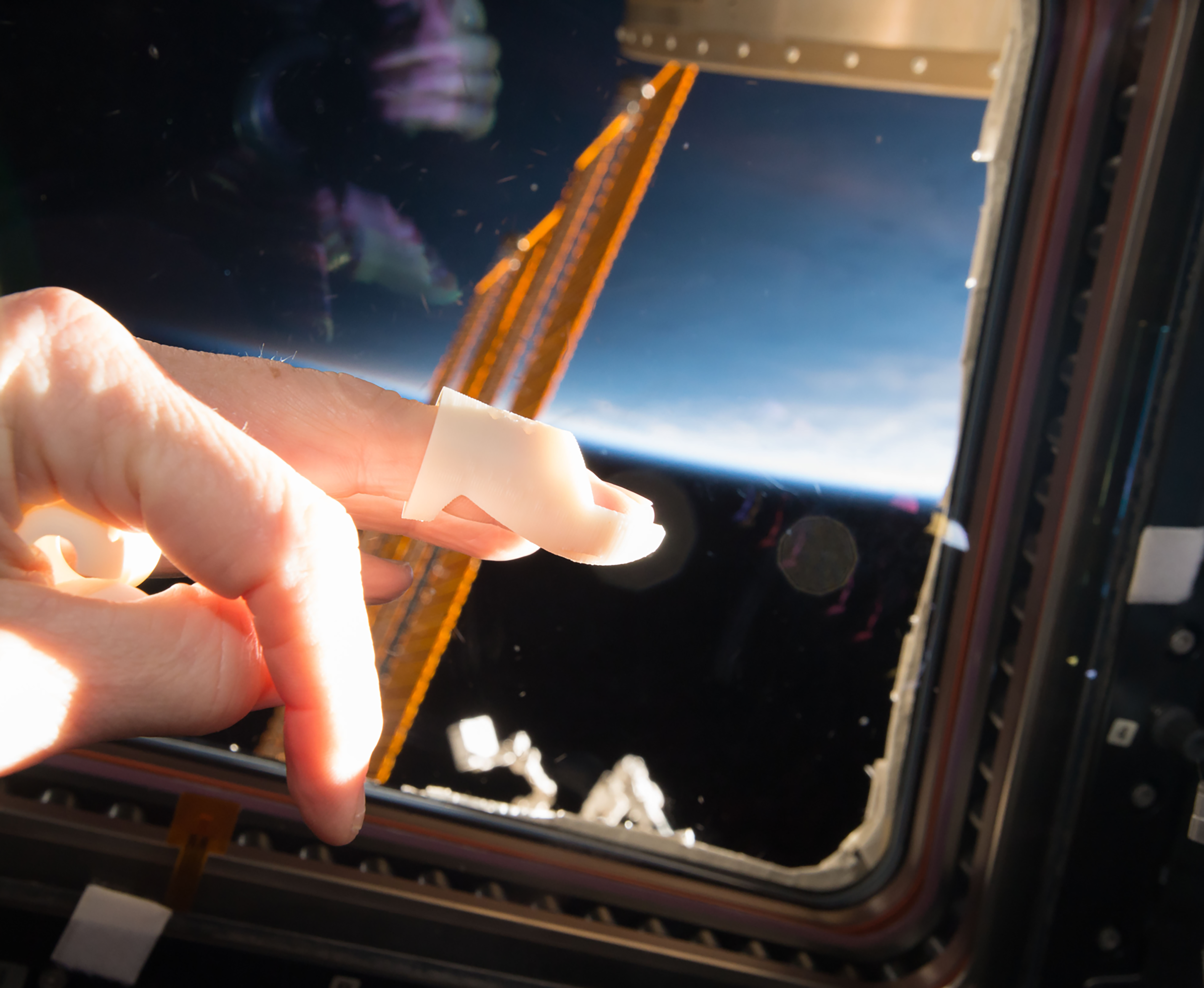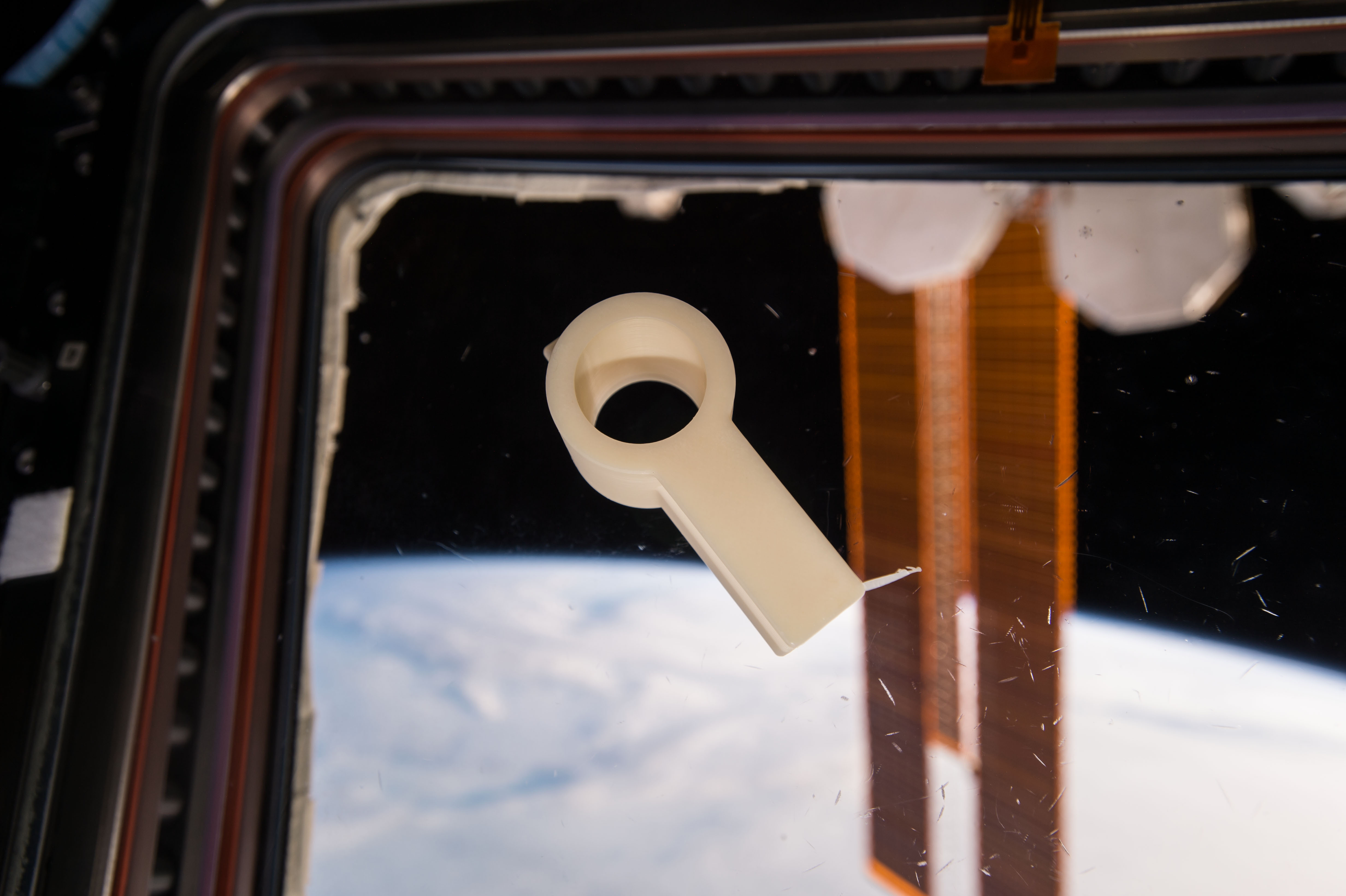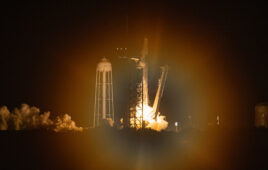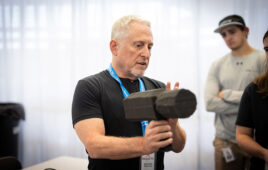Editor’s Note: Space has become an increasingly attractive destination for research, manufacturing and more, as its microgravity environment offers a unique platform for scientific exploration. Microgravity causes changes in biological systems and alters fundamental physical phenomena, enabling novel experiments. The potential of R&D in space was explored at the third annual 2017 R&D 100 Conference, held Nov. 16 and 17 at the Walt Disney World Swan Resort in Orlando, Florida as part of the panel “Partnering in Space: A Frontier for Innovation.” Panelists included: Michael Roberts, PhD, Deputy Chief Scientist of the Center for the Advancement of Science in Space (CASIS); Siobhan Malany, PhD, Director of Translational Biology, Sanford Burnham Prebys Medical Discovery Institute; Justin Kugler, Business Development Engineer for Advanced Projects at Made In Space; and Erika Wagner, PhD, Business Development Manager for Blue Origin. The panel was moderated by Bernie McShea, Vice President, Business Development, Space Florida.
The following is the third in a four-part series from R&D Magazine that highlights some of the exciting space-based R&D and innovation that was discussed during the panel. See part one, part two and part four.
All four parts appeared as a full story in the February 2018 issue of R&D Magazine.

Made In Space used its Additive Manufacturing Facility to create a customized finger-splint design for a medical researcher in 2017. Photo Credit: Made in Space.
In our increasingly connected society, it is typical to purchase products that were manufactured in all corners of the world. But what if you could buy a product made out-side of this world? Made in Space is working to make that futuristic concept a reality. The in-space manufacturing company, founded in 2010, works to facilitate the creation of products made at the ISS for use in space, as well as products made at the ISS for use on Earth. They’ve already made an impressive start—in 2014 the company fabricated the first ever product in space and in 2016 they created the first off -plant product for a commercial customer. Made in Space also created the first 3D printers for micro-gravity operation, an accomplishment that could eventually allow astronauts traveling in deep space to print, plate and electronically connect new components for their vessels and repair and upgrade their systems without direct resupply from earth.
“We are taking advantage of the unique environment and the way that physics change on orbit to create useful products for both space and for Earth,” said Justin Kugler, Business Development, Advanced Projects at Made in Space.
Manufacturing in microgravity has a variety of benefits, explained Kugler. Creating a product in space for use in space reduces the cost, time and eff ort of bringing items from Earth to space for use. Most items that are sent up to space from Earth are overdesigned to hold up during the short duration of the mission when they are launched in orbit, explained Kugler.
“Right now everything is driven by launch logistics,” he said. “You have to de-sign your payload to survive the launch, the flight, the launch loads, the vibrations, the stresses. Everything has to fit origami-style inside a launch fairing or capsule. That drives the expense up to do things in space.”
Made in Space currently owns and operates its second-generation 3D printer on ISS. The printer is entirely self-contained and was designed specifically for use in space, which was a challenge, said Kugler.
We very quickly learned that you can’t take all the assumptions for how things work on the ground with you up into orbit,” he explained. “We had to completely redesign the manufacturing system from the ground up so that we can precisely control, in both space and time, the relevant positions of the printer control mechanisms, the print head, so that we get a reliable process, whether we are printing on the ground, in space, or on an aircraft . We spend the first four years of the company perfecting that core control technology.”

A 3D printed product manufactured in space. Photo Credit: Made in Space.
Made in Space has a user agreement with CASIS and a service agreement with NASA, so that the space agency can use their technology. Whenever NASA is not using the printer, Made in Space has the ability to provide manufacturing services to other customers.
The printer has applications for a variety of industries. Recently, Made in Space worked with a private company that is developing healthcare services for commercial space providers to print a customized finger splint for an astronaut aboard ISS.
In the future, Made in Space plans to expand their efforts into extended structure manufacturing, providing the ability to 3D print large-scale structures in space.
“The way that 3D printing currently works is that you have a big box, with smaller things inside. But we figured out how to take advantage of the microgravity environment to essentially turn this process inside out and have a small box that is continuously manufacturing and executing two-dimension sections such that you can create large structures on orbit that are only constrained by how much feedstock you can carry with you,” said Kugler. “We are conducting that development under a 20 million dollar, two year development program with NASA.”
Manufacturing in space can also be an effective way to create products that are either difficult or impossible to create on Earth that can be created more efficiency and accurately in microgravity. Made in Space’s first product created in space for commercial use on Earth was zBLAN optical fiber, which has applications in light sources, medical devices, optical sensors, and fiber lasers. The fiber was nearly impossible to create on Earth due to gravity-induced imperfections. Removing gravity will allow the product to be created without issue.
“This will be the first time that anybody has flown an entirely commercial payload to space to make a product for commercial sale and use on the ground,” said Kugler. “We think once we do that proof-of-concept to show that we can make something in space that has high enough value that even with the cost of launch you can close the business, that really opens up the interest from traditional manufacturing sectors and traditional sources of capital to essentially go build a business plan.”
The hope is that eventually there will be enough interest in space manufacturing to build infrastructure and evolvable platforms that are independent of the ISS in space.
“Once you do this, you are going to have to figure out how to get more flights, and the more flights you have the less the cost per kilogram gets, and as the cost per kilogram reduces new business cases because viable and it starts building on itself,” said Kugler. “That is the approach we are taking.”




